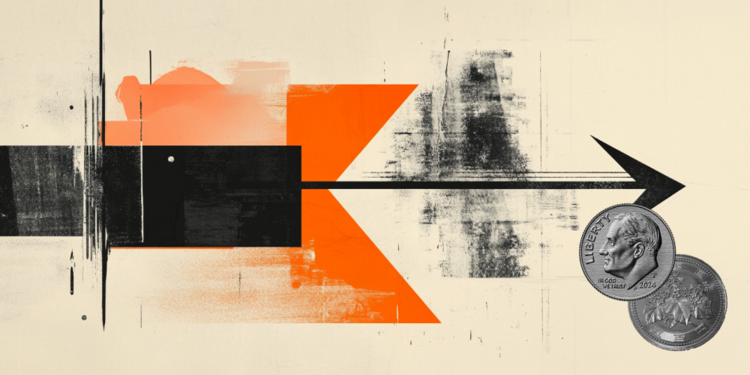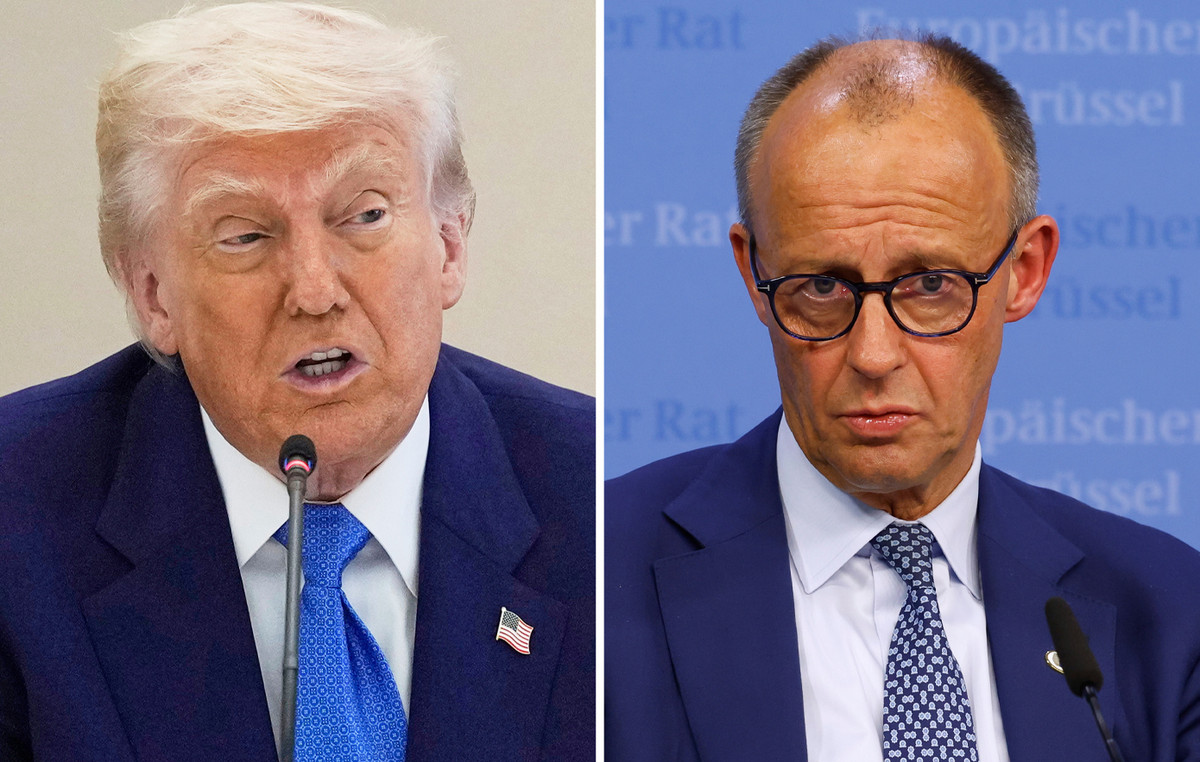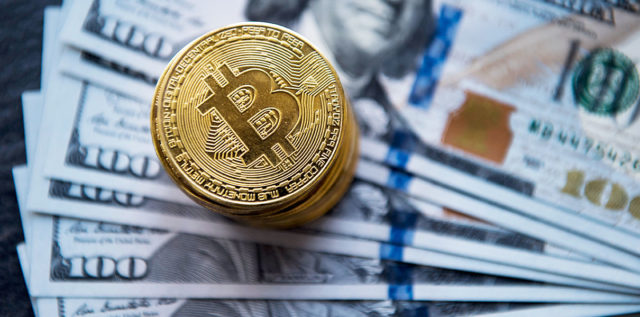- The US Dollar Index DXY posted losses in the Thursday session, falling towards 104.40.
- January Retail Sales fell more than expected.
- For their part, theInitial weekly jobless claims yield encouraging results.
The US Dollar (USD) as measured by the Dollar Index (DXY) fell again on Thursday, this time driven by weak January retail sales figures.
Despite weakness in retail sales, the US economy continues to show signs of overheating, as evidenced by higher-than-expected January inflation figures, which strengthen the case for the Fed to delay rate cuts. On Friday, the Producer Price Index (PPI) numbers will be closely watched as they could provide additional traction to the dollar should they come in higher than expected.
Daily Market Summary: Dollar Loses Ground After Weak Economic Data
- Retail sales fell -0.8% month-on-month in January, beating the expected 0.1% decline.
- Industrial Production for the first month of 2024 fell -0.1% month-on-month, while markets expected an expansion of 0.3%.
- On the positive side, initial jobless claims for the week ending February 9 were lower than expected, at 212,000 claims.
- Despite the weak data, markets remain confident in the delay of rate cuts by the Federal Reserve (Fed), and as investors delay the start of easing until June, USD losses are limited .
Technical Analysis: DXY will look good as long as buyers hold the 100-day SMA
Technical analysis on the daily chart reflects a negative slope in the Relative Strength Index (RSI), indicating short-term selling momentum. The moving average divergence (MACD) shows decreasing green bars, further supporting the concept of selling pressure.
However, despite these short-term negative indicators, the US Dollar Index remains above the 20-day, 100-day, and 200-day SMA, suggesting that the overall trend remains controlled by the bulls. .
Central Banks Frequently Asked Questions
What does a central bank do?
Central Banks have a key mandate: guarantee price stability in a country or region. Economies constantly face inflation or deflation when the prices of certain goods and services fluctuate. A constant rise in the prices of the same goods means inflation, a constant fall in the prices of the same goods means deflation. It is the central bank's job to keep demand in line by adjusting its interest rate. For the largest central banks, such as the US Federal Reserve (Fed), the European Central Bank (ECB) or the Bank of England (BoE), the mandate is to keep inflation close to 2%.
What does a central bank do when inflation is below or above the expected target?
A central bank has an important tool to raise or lower inflation: modify its reference interest rate. At pre-communicated times, the central bank will issue a statement with its reference interest rate and give additional reasons why it maintains or modifies it (cuts or raises it). Local banks will adjust their savings and loan rates accordingly, which in turn will make it harder or easier for citizens to make a profit on their savings or for companies to borrow and invest in their businesses. When the central bank substantially raises interest rates, we speak of monetary tightening. When you reduce your reference rate, it is called monetary easing.
Who decides monetary policy and interest rates?
A central bank is usually politically independent. Members of the central bank's policy council go through a series of panels and hearings before being appointed to a position on the policy council. Each member of that council usually has a certain conviction about how the central bank should control inflation and the subsequent monetary policy. Members who want a very loose monetary policy, with low rates and cheap loans, to substantially boost the economy, while settling for inflation slightly above 2%, are called “doves.” Members who prefer higher rates to reward savings and want to control inflation at all times are called “hawks” and will not rest until inflation is at 2% or just below.
Is there a president or head of a central bank?
Typically, there is a chair who leads each meeting, has to create a consensus between the hawks and the doves, and has the final say when votes need to be divided to avoid a 50-50 tie on whether to adjust current policy. The president will give speeches, which can often be followed live, in which he will communicate the current monetary stance and outlook. A central bank will try to push its monetary policy forward without triggering violent swings in rates, stocks or its currency. All central bank members will channel their stance toward markets ahead of a monetary policy meeting. A few days before a monetary policy meeting is held and until the new policy has been communicated, members are prohibited from speaking publicly. This is what is called the blocking period.
Source: Fx Street
I am Joshua Winder, a senior-level journalist and editor at World Stock Market. I specialize in covering news related to the stock market and economic trends. With more than 8 years of experience in this field, I have become an expert in financial reporting.







